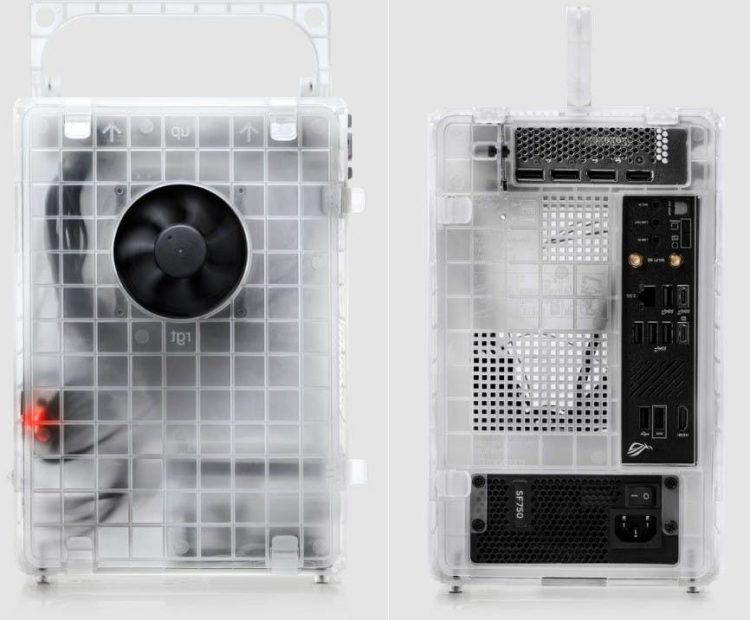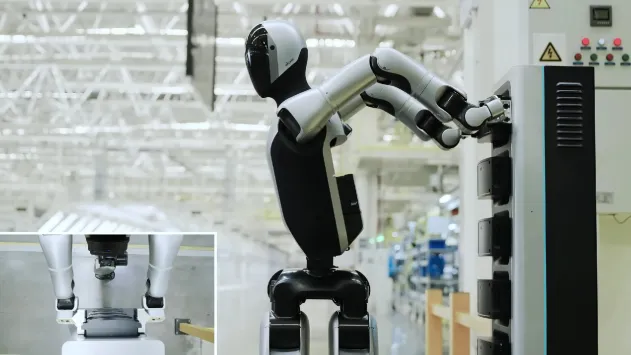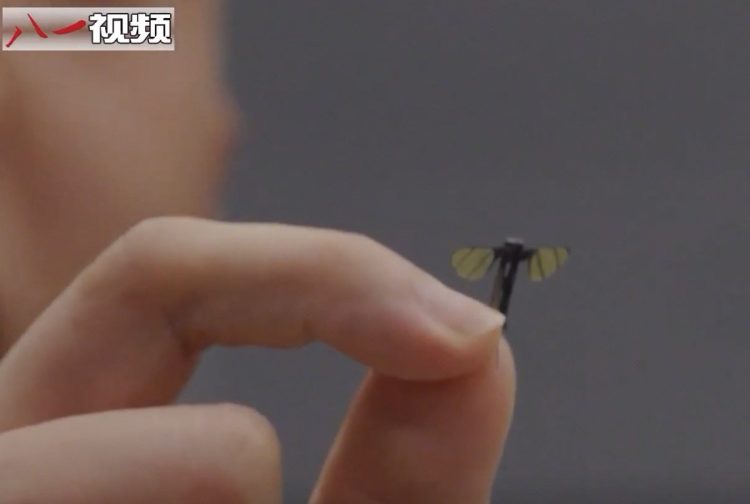Now that smartphones are so popular, it’s hard to think of a world without them. But I remember a time when bulky portable music players were all the rage. I had a Sony Walkman myself as a kid; it was one of my prized possessions. No one uses that kind of devices anymore, or so we think. Even though Sony’s portable audio players don’t hold much market share, there is a special group of people who still use and love them – American prisoners.
An AM/FM radio that was specially built 15 years ago by the Japanese company for this market is still unmatched by any rival brand. The Sony SRF-39FP (Federal Prison) is so popular with inmates, it has been dubbed the ‘iPod of Prison’. Why is it so special? Let’s find out.
Photo: Sony
The Sony ‘ultralight’ pocket radio is unlike any you would find outside an American prison. It has a clear plastic body that is designed to prevent inmates from using it to smuggle contraband. But the transparent casing actually makes it pretty cool. You can see the battery, the antenna and the circuit board, giving it a very futuristic appeal.
Priced under US $30, the SRF-39FP is one of the most affordable radios on the prison market. The market consists of commissaries that sell items of personal use to inmates. The commissaries often carry other bargain-brand radios, but nothing comes close to Sony’s now legendary model.
Photo: eBay
According to Sony spokesperson Melissa Dolan, selling pocket radios to American prisons has brought the company ‘sizable’ sales over the years. The SRF-39FP has emerged as an undisputable classic over all other models. Its popularity is synonymous with the Apple iPod’s (and now iPhone’s) outside prison walls.
The SRF-39FP runs on a single AA battery, offering 40 hours of uninterrupted listening time (longer than an iPod classic). In comparison, Sony’s digital models require two AAAs. This makes a huge difference to the inmates, given the $320 monthly spending limit on commissary goods.
Photo: eBay
Experts believe that the SRF-39FP is superior to all other pocket analog radios. Its large tuning thumbwheel, audio quality and reputed indestructability are highly coveted features – generally found in professional equipment, not consumer products. The Sony pocket radio’s single-integrated-circuit receiver provides reception even in remote locations and of course, deep within heavy prison walls.
For the inmates, the pocket radio is a source of entertainment and keeping in touch with the world outside. They get to hear about local news and weather, and even watch TV. The TV sets in the prisons’ common areas use transmitters to broadcast sound on a dedicated frequency.
Photo: eBay
The radio is a vital tool for prisoners to create a private space for themselves, in a place where privacy is often denied. Some of them even use a unique phrase to describe it: “I headphone myself.” The pocket radios are deeply embedded into prison culture. All prisoners leave their radios behind before re-entering the free world, to be loaned to new inmates.
Some of them believe that taking the radios with them violates the ‘convict code’, while others consider it bad luck. So the radios eventually pass from inmate to inmate – the durable SRF-39FPs have been changing hands for almost a decade-and-a-half now.
Photo: eBay
Obviously, these radios are pretty rare in the outside world, and hence valuable. A unit in good condition is worth twice or three times its original cost, thanks to collectors and enthusiasts like Gary DeBock of the Ultralight Radio Group. DeBock said that the outside supply depends on how many radios can be brought out of the prison system and sold on sites like eBay.
The SRF-39FP certainly is a special device and it has caught my fancy. I’d really like to own one, but chances of that happening are pretty slim. I looked it up on eBay and there isn’t a single one for sale. I suppose it is one of the few exclusive things in the world that money can’t buy.
Source: The New Yorker, Independent.co.uk

















